This scenario is set in 1975; it deals with a British carrier group,
heading home across the Atlantic at the outbreak of war, attacked by
Soviet submarine and air forces. Total play time has been nearly two
months, my goodness.
The core of the group is Ark Royal, the Audacious-class
launched in 1950; she carries Phantoms, Buccaneers, and Gannet radar
planes. She is escorted by Bristol, the historically unique Type 82
destroyer, and three Type 21 frigates, Alacrity, Amazon and
Ambuscade, with a variety of Sea King and other helicopters.
Going up against this force are two Foxtrot-class and two
Romeo-class attack submarines, one Echo missile boat, and four
Bear and four Backfire bombers. (The Backfires are on call at
Murmansk, and take time to arrive.)
Because this is a mid-oceanic scenario, my usual TPC plots weren't
available – the charts don't cover areas far from land, or over such
wide areas at a time. The engine can plot on a plain blue field, but
that seemed uninteresting; I was able to get an OpenStreetMap plotting
engine up and running just in time.
The British chose to conduct extensive single-aircraft patrols: three
of the four Gannets were aloft, and many of the Phantoms and
Buccaneers too – the latter scanning the sea surface with their search
radars.

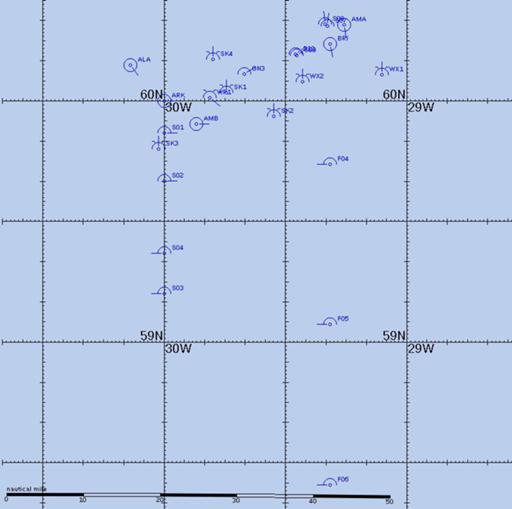
The Soviets laid out their submarines in a patrol line, the
Echo to the south.

The game was intended to start at 0700 when the British first picked
up the approaching Bears, but aggressive patrolling meant this
happened earlier than planned, with first contact around 0630. The
Bears' ESM picked up a welter of aircraft and surface radars.


The British soon had positive tracks on two of the three Bear groups,
and ESM on the third; fighters moved in to engage with Sky Flash.
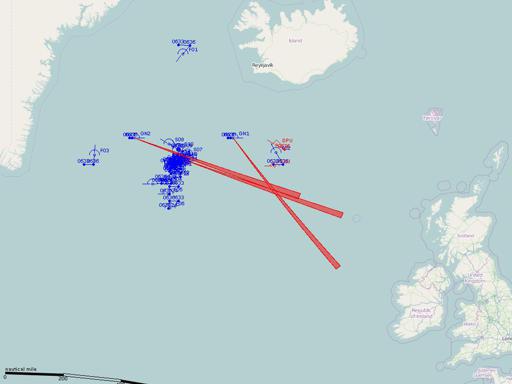

With two of the Bears knocked down easily, Blue decided to try to take
the third with guns.
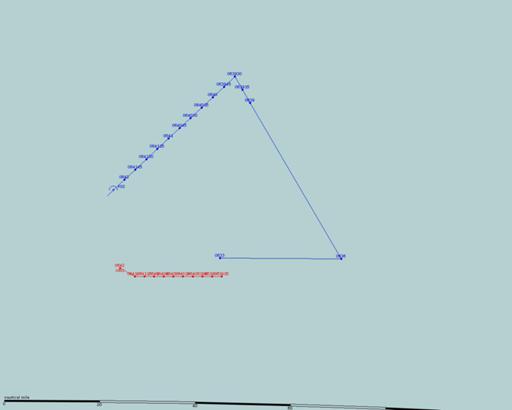
And rather to everyone's surprise (particularly his own), the Bear's
tail-gunner managed to dispatch the attacking fighter.
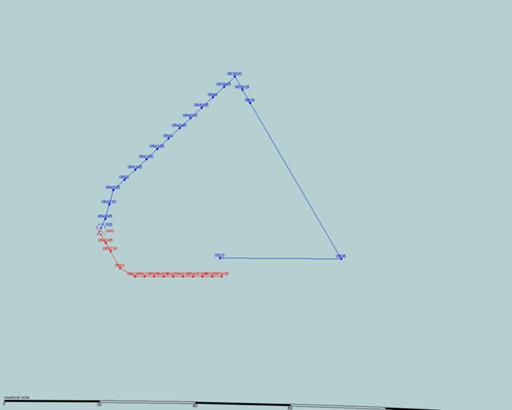
Inevitably, though, more fighters were moving in.
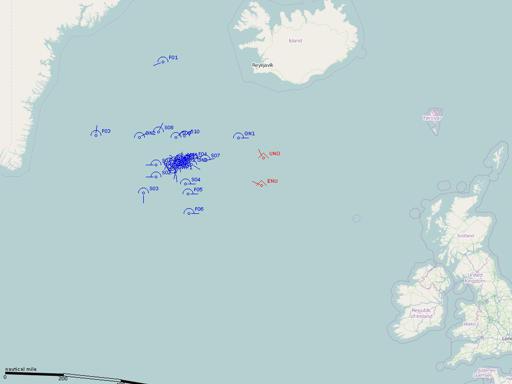
They engaged with missiles, and killed the last of the Bears.
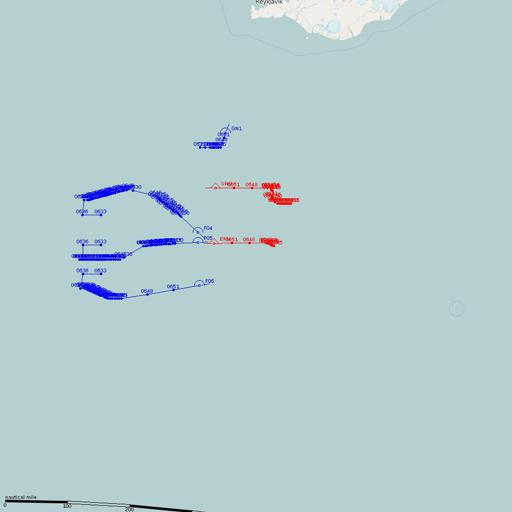
The submarines had arranged intermittent surfacing for communications
coordination, and the Bears had reported the approximate position of
the British fleet.
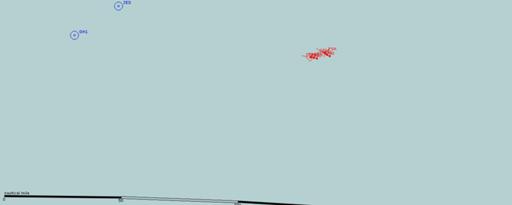
The Backfires took off from Murmansk. (The original scenario notes had
a fixed delay between takeoff and arrival, but since I was using
OpenStreetMap I could plot them all the way through their flight.)
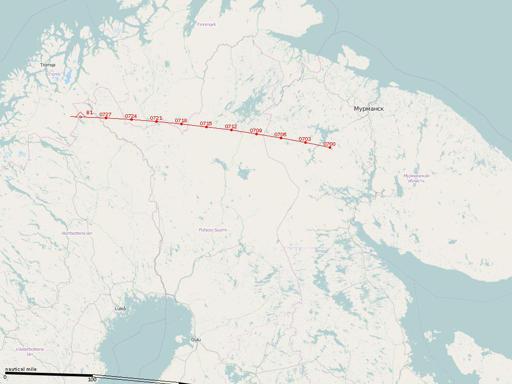
The British got their patrols back in order, and carried on looking
for aircraft and submarines, as the Backfires slowly closed in.
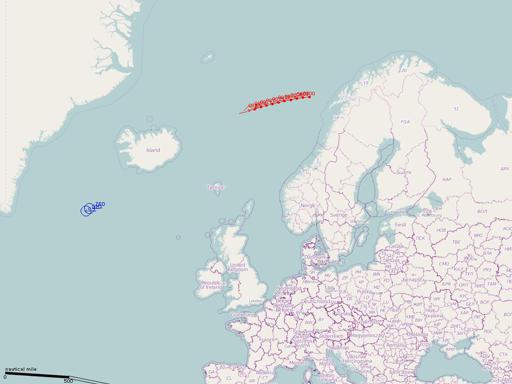
At 8.30am, a remarkable thing happened. One of the Foxtrots was on the
surface for communications, and its masts were spotted by one of the
Buccaneers.
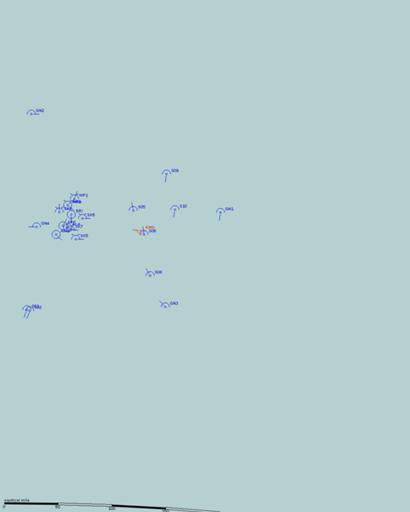
It immediately dived, but the British anti-submarine assets were sent
to quarter the area. They had no success, and the possible area began
to expand.

At 9.30, the Echo boat surfaced and began missile launch preparations,
planning to coordinate with the Backfire strike expected around 10am.
This was fortuitous timing, as most of the Buccaneers were low on fuel
from extensive low-altitude searching, and headed back to Ark.
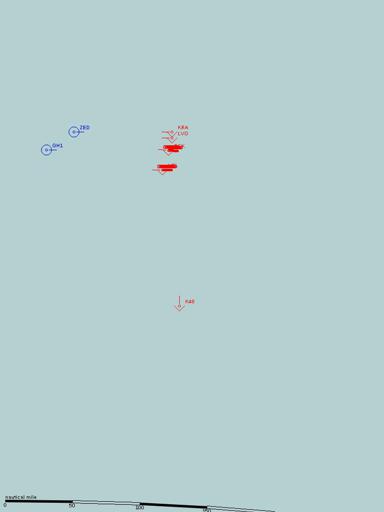
And the Backfires flew on…
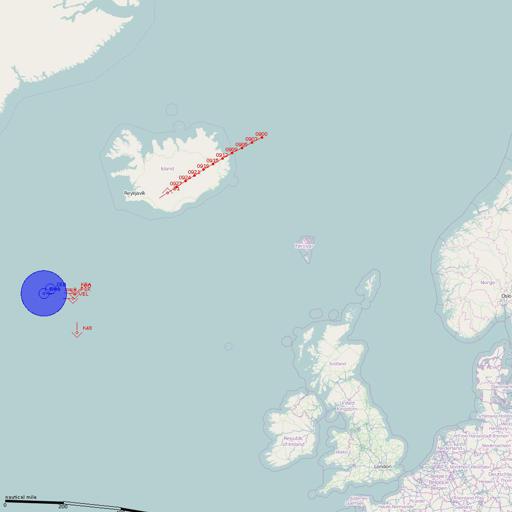
But the British ASW helos were further north, proscuting the contact
they'd made rather than the one they didn't know about.

At 09:54, things started happening fast. The incoming Backfires
activated their Down Beat radars, picking up Ark – and of course
alerting the British, who swung their fighter patrols to the north.
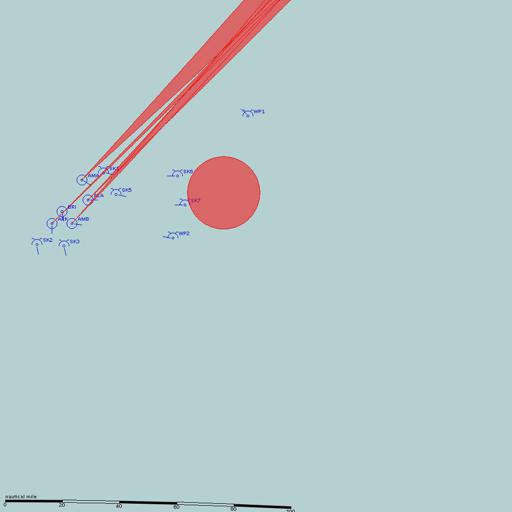
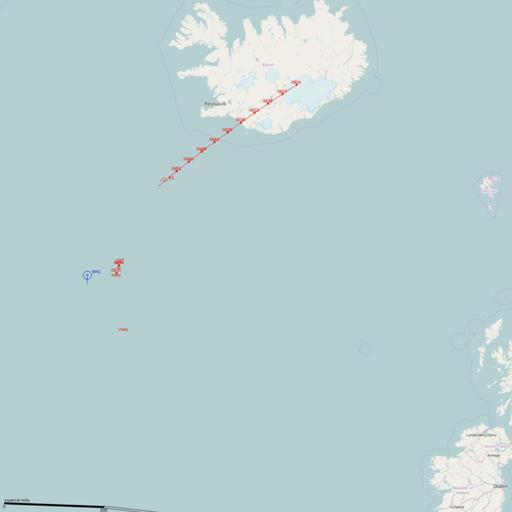
Just as they were responding to that, a new threat appeared, the
SS-N-3Bs launched from the Echo. (Which promptly dived as soon as the
last missile was away, of course.)
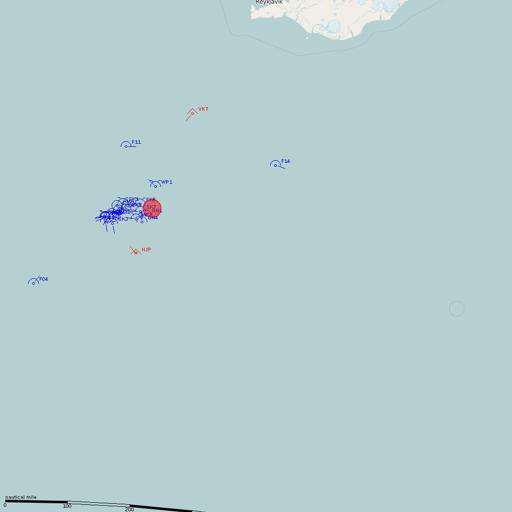
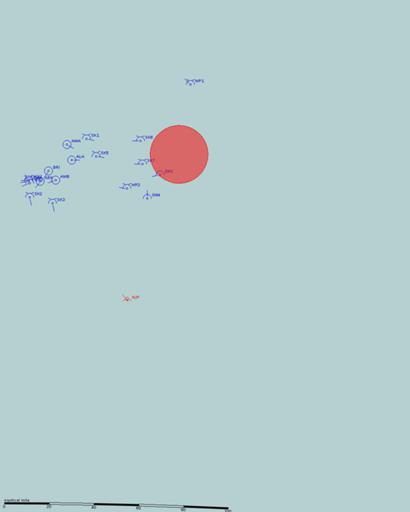
The Backfires picked up a second target (Bristol); for reasons I'm
not entirely clear on, they thought this was Ark (which had been the
British player's plan). They launched some of their AS-6 missile load
in that direction, but retained most of it for a follow-up strike.

The Shaddocks bore in, out of range for any fighters to do anything
about them. Bristol launched Sea Dart, but couldn't put enough in the
air to deal with eight incoming missiles, and other ships were out of
range. The Shaddocks picked up a target position update from the
Backfires, and made a mid-course correction to put ARK squarely in
their first-generation seeker cones.
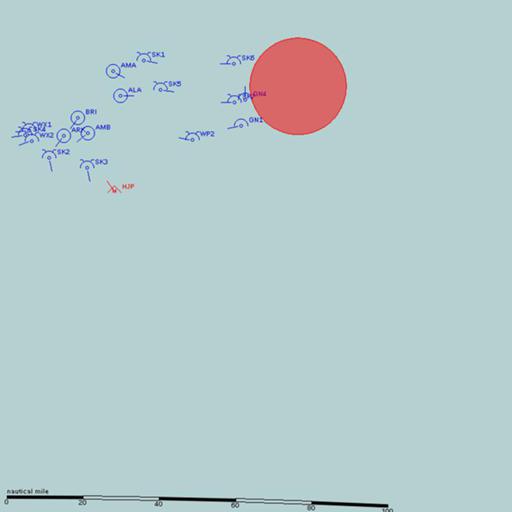
Five of the Shaddocks got through the defences. Two of them missed,
but three hit, ripping through the hangar and starting a
conflagration.

Ark was clearly lost, and the game was called at this point before
the AS-6 strike from the Backfires had been spotted.
Now that it's over, I can explain the pseudo-historical context for
this scenario, which links to my One for the Brow alternate history.
It's posited as a wargame taking place in the mid-1960s, based on
rumours (which just happen to be very accurate) of the latest Soviet
submarine, aircraft and missile designs. Can a British carrier group
stand up against a concerted attack? The answer, very clearly, is no.
But not for the reasons one might have expected. It's not that the ASW
helicopters are too slow, or the Gannet doesn't have a good enough
radar; both of those worked perfectly well (though a faster Gannet
might have helped pin down the attacking aircraft a little sooner).
It's the horribly short range of the passive search sonar on both the
ships and the helicopters (nothing more than half a mile in default
conditions, and none of it capable of convergence zone detection),
which meant that even after all my calculations the only actual
contact the British managed with a Soviet submarine was that one radar
paint of a periscope. Should they have gone active, since the active
sets have rather better range? There were a couple of points where it
might have made a difference, but mostly the helos and the subs were
just too far apart.
One could argue that the Type 21s, with their short-ranged missiles,
should have been kept further in; but they are meant to be sub-hunters
as well as air-defence ships. Easy to be wise after the fact.
Thanks to Team Soviet: Luiz (air units), Tom and Craig (Foxtrots and
Romeos, ending up with nothing to do), and Facundo (Echo, dropped out
of communication). Particular thanks to Todd who handled the British
forces, having to give orders for 20+ units and put up with an endless
string of "no contact… no contact" in return.
On a technical note, the OSM map engine seems to work all right, and
can plot a map very much faster because it's not dealing with
ultra-high-resolution images, though I still prefer the fiddly detail
of the TPCs where they're available.
Comments on this post are now closed. If you have particular grounds for adding a late comment, comment on a more recent post quoting the URL of this one.